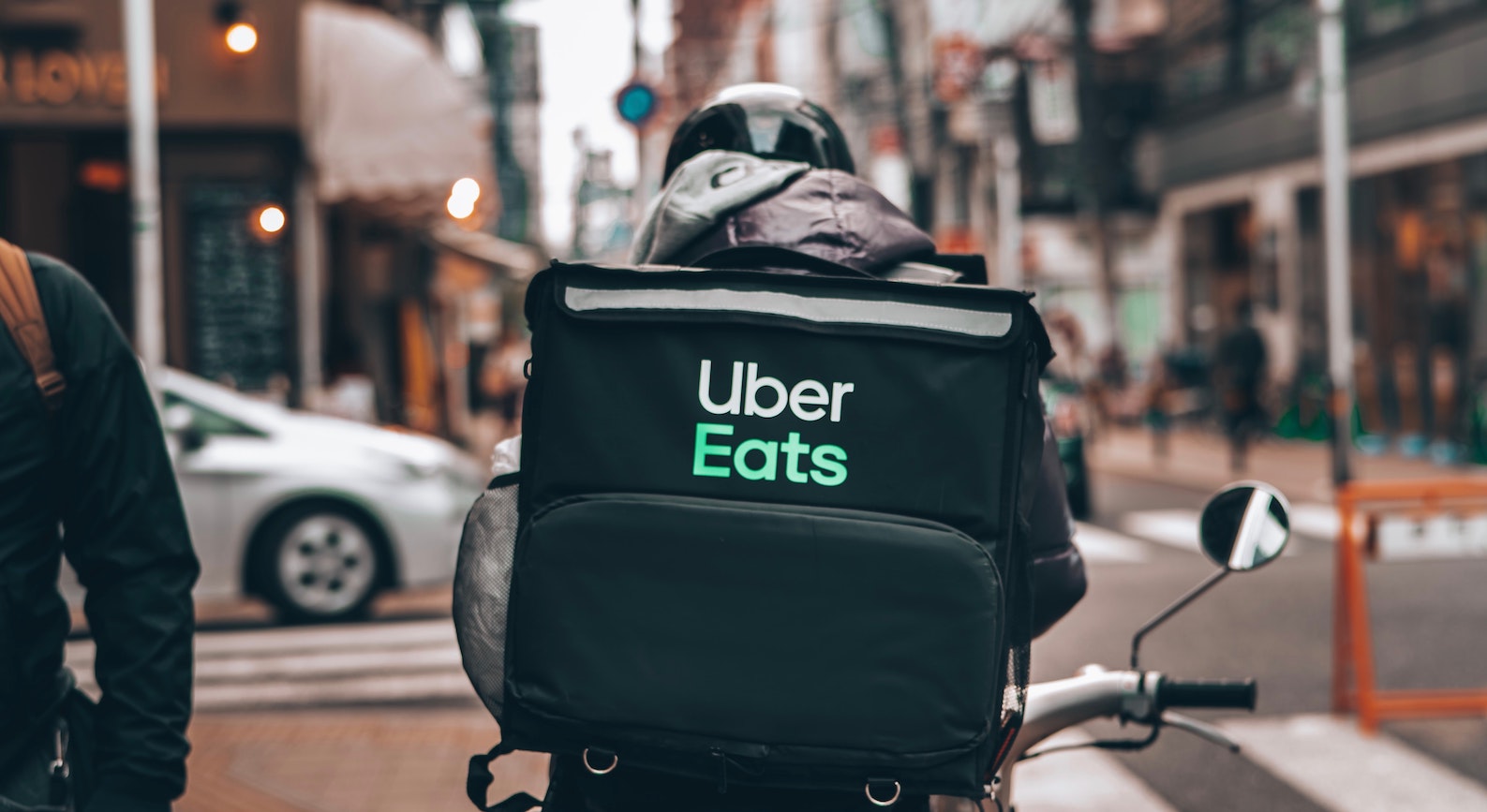Uber Eats is launching two autonomous delivery pilots in Los Angeles on Monday with Serve Robotics, a robotic sidewalk delivery startup, and Motional, an independent vehicle technology company.
The new programs are part of a series of new products that Uber is launching on its ride-hail and delivery platforms, to be announced Monday at the company’s Global Product Event.
The Motional partnership was originally announced in December and marked the first time Uber has partnered with an AV fleet provider, as well as Motional’s first attempt at autonomous delivery. So far, Motional has focused on robotaxis and has partnered with companies such as Lyft and Via.
Serve Robotics is a spinout of Uber, so it’s not surprising to see the two partners in the delivery space. But it’s worth noting that Uber isn’t working with Aurora on this one, given the two companies’ cargo space partnership and their shared histories, and Uber is a major investor in Aurora. Aurora acquired Uber ATG, the self-driving arm of Uber, in 2020, and under the terms of the deal, Uber invested $400 million in the company, giving it a 26% stake.

Uber told the blog line that the company is considering partnering with more than one player in the space and that the public may see more partnerships in the future.
Both pilots start small, supplying food from just a few unnamed merchants (which might include an organic cafe and juicer called Kreation, given the above image in this article?). Serve’s program will focus on shorter trips in West Hollywood. According to an Uber spokesperson, Motional’s program will provide longer-distance deliveries in Santa Monica.
“We will be able to learn from both pilots what customers want, what merchants want, and what makes sense for delivery as we begin to integrate our platform with AV companies,” the spokesperson said. “The hope is that they are successful and that we learn in the coming months and then figure out how to scale.”
According to Uber, customers will be charged for deliveries with both Serve and Motional, including the cost of food. However, it’s not entirely clear how Uber and Motional will change that. To charge an autonomous delivery fee in California, Motional would need to obtain a deployment permit from the Department of Motor Vehicles. So far, it is only licensed to test with a safety driver on board.
In response, Uber said only, “Motional and Uber expect that certain delivery charges, which normally apply, should not be charged during this first phase.”
Motional did not respond to a request for comment.
There don’t seem to be any laws restricting companies from charging for curbside robot deliveries, so Serve is clear. Uber said that if a customer decides to tip a Serve robot, it will be refunded.
In addition, a human safety operator will be onboard the vehicle during deliveries under the rules of Motional’s testing license with the California DMV. According to an Uber spokesperson, if necessary, this operator will manually drive the van near customer drop-off locations.
The company said that serve’s robots could operate under Level 4 autonomy in some scenarios. Uber said that during the Uber pilot, the robots would be monitored by a third-party operator who would take over in certain cases, such as crossing the street.
Customers living in one of the two geofenced test zones will see an option to have their food delivered by an autonomous vehicle at checkout. Customers get a passcode on their phone that allows them to unlock the car and grab the food, whether the meal is in one of Serve’s cooler-like robots or the backseat of one of Motional’s cars. When they sign in, the customer can track the food as they normally would, and when it arrives, they’re notified to meet the AV outside.





